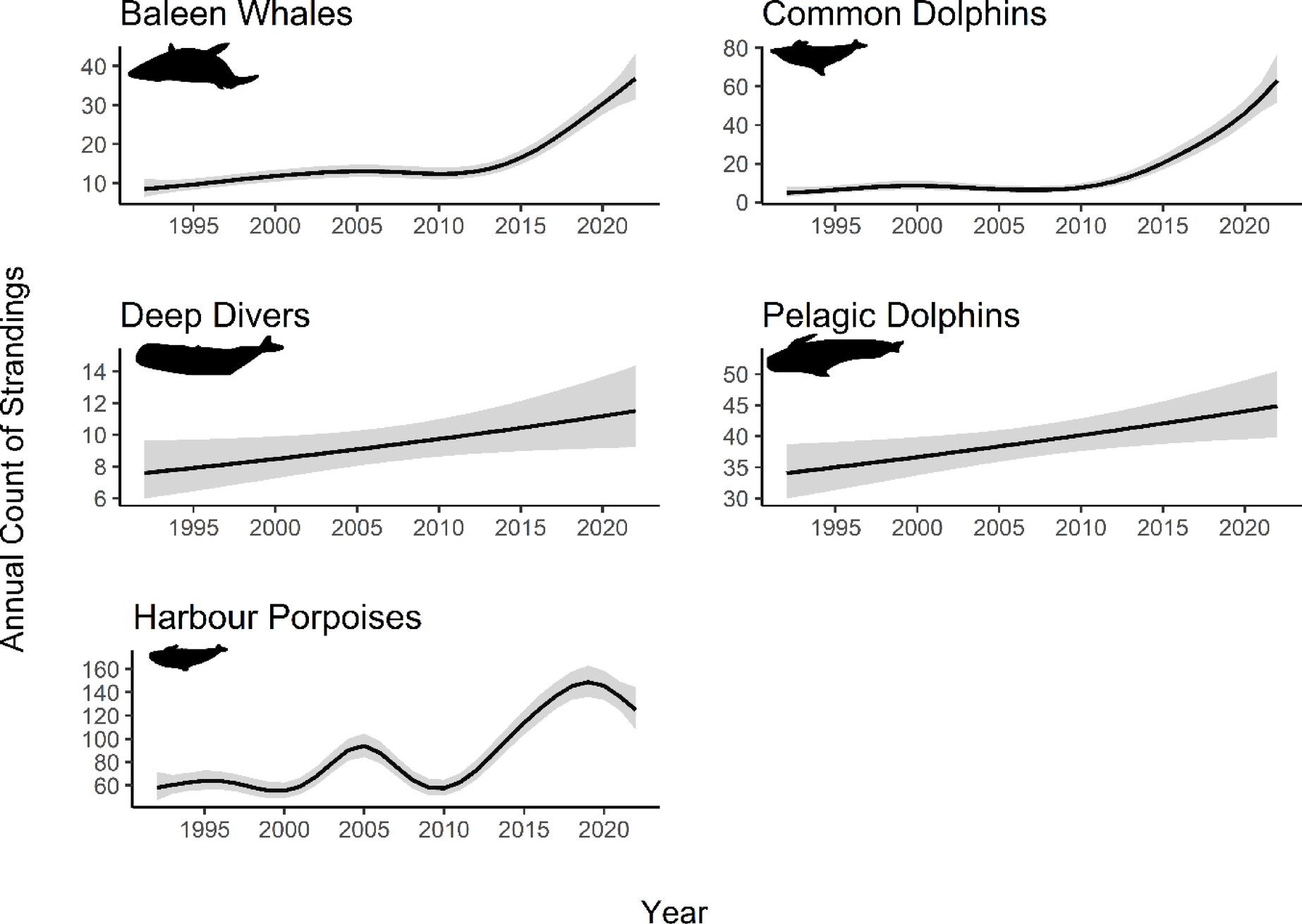It was in 1977 that my late friend, Franklyn Angus Davin-Wilson, asked what I thought about "the killer canids of Cavan" as reported on by Charles Hoy Fort (The Books of Charles Fort, 1942). I responded that I had not heard of the report. It turns out I should have said "reports". People in Cavan, Ireland bitten by mysterious "canid-like creature" and they all went insane and were institutionalised.
It took 35 years before I could close the file on that one. The case is examined in The Red Paper: Canidae. Add to that "The Black Beast of Edale" which took a lot of research to get far more than the cryptozoologists had to offer (quoting one press report) and I was firmly looking beyond foxes or wolves.
The Girt (Great) Dog of Ennerdale is near mythological when you look at the various claims for what it was: an early imported and escaped thylacine. A tiger. An unknown type of ancient native British cat, a hyena and, of course, a werewolf or dire wolf (Dire wolves pop up everywhere when cryptozoologists are involved. As an archivist I did what any good researcher should do: I went back to the factual original account often cited by cryptozoologists but very obviously never read by them., I identified the animal.
Jackals and wolves were all mysterious appearances and disappearances as far as cryptozoologists and Forteans were concerned but like coyotes in the UK it took research to find out where those canids came from.
And then we have the Beast of Gevaudan. Lion? Child killing serial killer with a cannibalistic leaning, a dire wolf or, if you go by You Tubers who base their knowledge on the utter mess that is the internet, now !positively a lion". I went back and, in mysterious Beasts and Creatures, catalogued a large number of mysterious French beasts and the conclusions were even a surprise for me. Again, based on historical documents and talking to French naturalists.
I have specifically specialised in foxes and other wild canids, wolverines and also, as a side line, hyena. I would dearly love to say that a case has stumped me and is totally unexplainable but when you find that the unexplainable aspects are actually fake and created by certain fringe people to "sex up" a story you are simply left with fact and every one of my books has heavy reference sections.
Naturalists should NEVER be afraid to look at anything described as "mysterious" because they may find getting to the truth enjoyable but also learn. Seeing how a known animal can spark off a "mysterious sea creature" or "mystery predator" story can tell you a lot about people and how they perceive our wildlife but also how things can go very wrong.

A4
324pp
B&W
£20.00
http://www.lulu.com/shop/terry-hooper-scharf/mysterious-strange-beasts/paperback/product-23771024.html
Below cover for smaller format version

I was told that it was probably a good idea not to reveal all of the contents of the new book. Fair enough. It is 324 pages with lots of photographs. If you have read one of my previous books then I will point out that this new look at the chupacabra is expanded on. I have managed to draw some conclusions on certain previously unidentified beasts.
I am guessing that the conclusions in the chapter on the Shunka Warak'in and the famous stuffed and mounted specimen are going to really upset some cryptozoologists.
In High Strangeness and UFO Contact? I looked at the faults in Ufology and how the subject needed drastic overhauling and I do the same here regarding mystery animal research which seems to be full of charlatans and liars out to make money rather than look for the truth. I try to give anyone approaching the subject matter some advice and guidelines but 'cryptozoology' and 'cryptozoologist' are two words they ought not to use.
Strange & Mysterious Beasts is the smaller format book while Mysterious & Strange Beasts is the standard larger A4 format.
I need to point out that, much though I really do want to avoid this, US taxes are not leaving me much in the way of profit from sales. I really do not want to increase book prices since I think that at the moment they are fair (considering what a purchaser gets and the amount of my work that gets plagiarized). I am told that it has to be an option, however, I have until 1st February, 2018 to decide.
Anyway, enough publisher waffle, here are some of the contents:
The Monster of the Forest of Mouliere
The Beast of Lyonnais
The Beast of Cevennes, Gard and Vivarais
The Beast of Sarlat
The Beast of Gevaudan
British Man Beasts
Bigfoot and Werewolves in the West Midlands
The Strange Creature in Repton Woods
Bigfoot Returns – To Kent!
Werewolf!
The Curious and Frightening Case of the Hull Werewolf
The Gnome of Girona
The Caponi Close Encounters and Photographs
Return of the Shark Killing Thing –a Possible Identification
The Dingellchough Mystery Creature
The Unidentified Corfu Sea Creature
Strange Sea Creature Found In Persian Gulf
The Devil of Gatagon
The Supernatural Invasion: Slender-man and Black Eyed Kids
The Sheep Killer of Niali
Mystery Creature of the Bay of Flamanville
Things Caught on Camera –Fact and Fiction
The Bat Creatures
The Owl-man
The British Pig-man and Snake-man
The Pictish Beast
Shunka Warak'in –A Hyena Too Far?
The Chupacabra



.jpg)

























